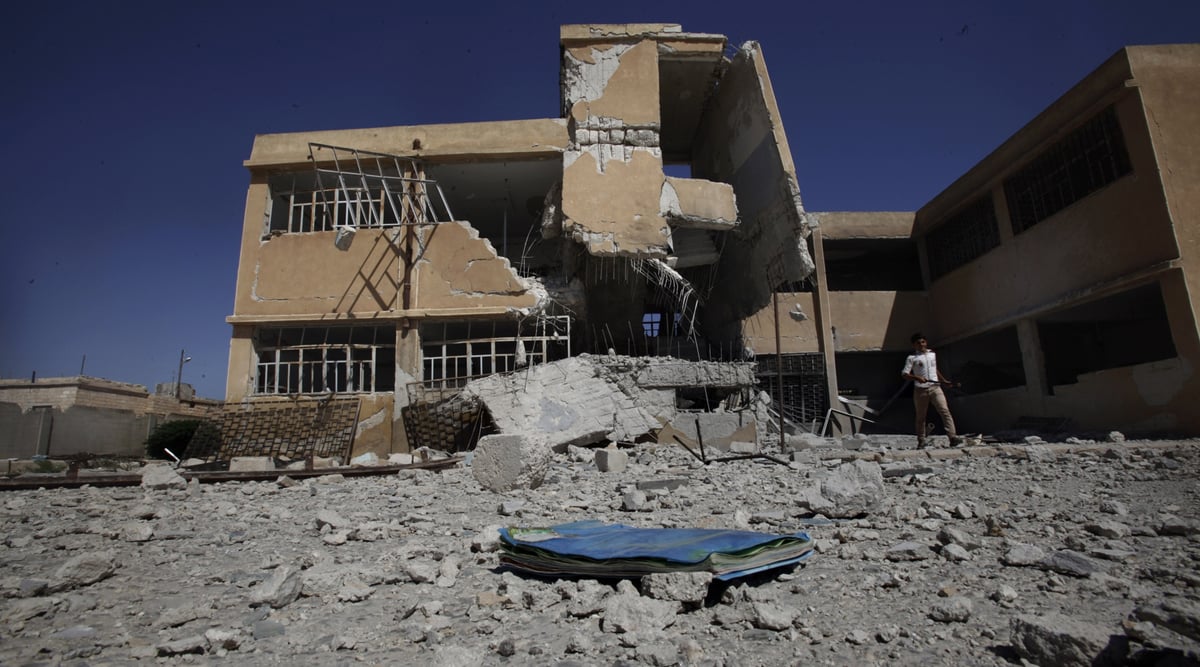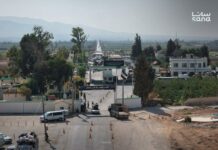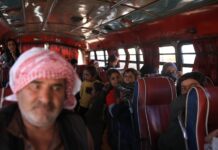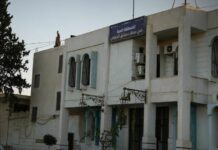
For the first time since the fall of the Assad regime in December 2024, Syria is preparing to open schools nationwide. However the scale of destruction left by 14 years of war has made the return to classrooms a steep challenge.
According to UNICEF, over 7,000 schools were damaged or destroyed and about 2.3 million children remain out of school. “After 14 years of conflict in Syria, a generation of children have never enrolled in school,” UNICEF said in a statement September 10.
The Ministry of Education announced that schools will open September 21, following a week of administrative preparation. Officials said more than 17,000 teachers dismissed since 2011 will be reinstated to address staff shortages.
Rebuilding Schools Across Provinces
International and regional partners pledged resources to repair infrastructure. A Saudi delegation announced September 7 that Riyadh will fund 454 reconstruction projects worth $1.4 billion, including the rebuilding of 34 schools in Aleppo, Idlib and Homs. In Eastern Ghouta, Turkish charities recently completed rehabilitation work at Douma’s School for Boys.
In Idlib province, local authorities launched campaigns to restore about 115 schools across Jabal al-Zawiya, Ihsim and Kafranbel. “Schools are the cornerstone of any renaissance and social development,” said Adnan Mimar, a principal in Maarat al-Numan, in comments to DW Arabia. “Restoration remains an urgent need that cannot be postponed.”
The Education Directorate in Deir Ezzor reported that 50 schools are destroyed and another 16 need restoration. Despite this, more than 25 schools have been rehabilitated locally, and 354 are operational for 200,000 students, according to Education Director Ali al-Saleh.
Displacement Continues to Strain Resources
Ongoing displacement has further complicated the situation. The UN estimates over 190,000 people have been displaced within Suwayda province in recent months, with many sheltering in schools. Humanitarian officials warned this will disrupt classes unless alternative housing is found.
Families returning from abroad also face difficulties. Students accustomed to foreign curricula, customs and languages, are struggling to adapt to Syrian classrooms. “The enormity of the Syrian curriculum compared to what I studied in Turkey was overwhelming,” said Wiam Badi, a high school student in Hama. Language barriers and overcrowding have left many returnees behind their peers.
Teachers say they lack guidance on how to integrate these students. “There was no plan from the Ministry of Education,” said Lamia Kakhi, a teacher in Homs. “It is up to the diligence of the teacher alone.”
Local Initiatives Seek to Fill the Gap
Across Syria, parents, teachers and community groups launched volunteer efforts to clean and repair damaged buildings. “We didn’t wait for outside help,” said Aisha al-Daher, a teacher from Kafr Nabl. “The parents donated money and effort to restore the school so our children could return.”
Despite these efforts, the Ministry of Education says nearly 27,000 facilities nationwide remain destroyed or in need of maintenance. As students prepare to return September 21, Syria faces the task of rebuilding its education system while trying to ensure an entire generation does not fall further behind.









